The cost of making a garden from scratch can be as much as a full house renovation. It can also cost next to nothing.
By being savvy with plants and materials and learning to do jobs yourself, you can create an outdoor space with loads of charm and character, one that will also be far more personal as you will have created it over time yourself.
Here, seven tips on how to save money in the garden.
Photography by Clare Coulson.
1. Think small.

With plants you are essentially paying for the grower’s time: Larger pots that provide almost instant impact are expensive since they have been nurtured over a few seasons to reach more maturity. But that growing time could happen in your garden at a fraction of the cost, so when possible, always opt for smaller plants. (Bonus: Smaller plants require less irrigation than larger ones as they get established.) If you want a fuller look, you can always add annuals to temporarily fill in the gaps as you wait for the smaller plants to mature.
2. Learn to propagate.
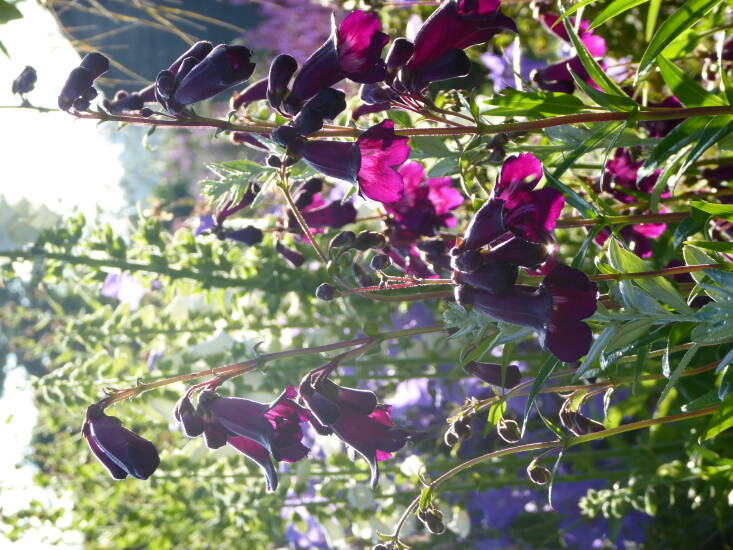
If you are trying to fill borders with bought plants only, costs can mount up fast—even for a relatively small garden. Consider growing plants from scratch yourself to save even more money. The idea of growing from seed or cuttings (or other propagation techniques) can seem daunting to the beginner, but you can create hundreds of new plants for the cost of a packet of seeds and some compost. Cuttings are arguably even easier to cultivate. Pelargoniums, verbena, asters, salvia, lavender, dahlias as well as shrubs including roses, hydrangeas will readily grow from cuttings to create more free plants.
3. Maximize self seeders.
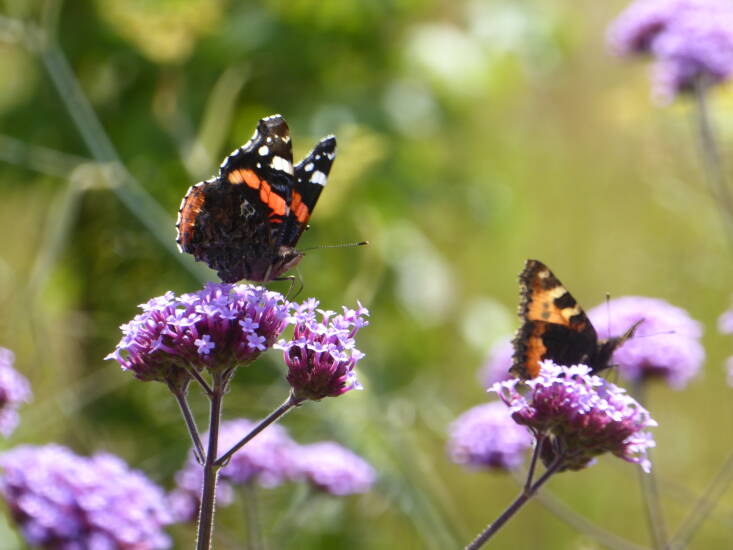
Allowing flowers to die back (rather than deadheading them) and naturally spreading their seed around is not only a free way to get more plants at no cost but will also create a more naturalistic garden as plants will usually appear in random locations amongst borders. Geraniums, aquilegias, foxgloves, Alchemilla mollis, eryngiums, alliums, poppies and sweet rocket, as well as many grasses such as Stipa gigantea, will all readily self-seed.
4. DIY your landscape.
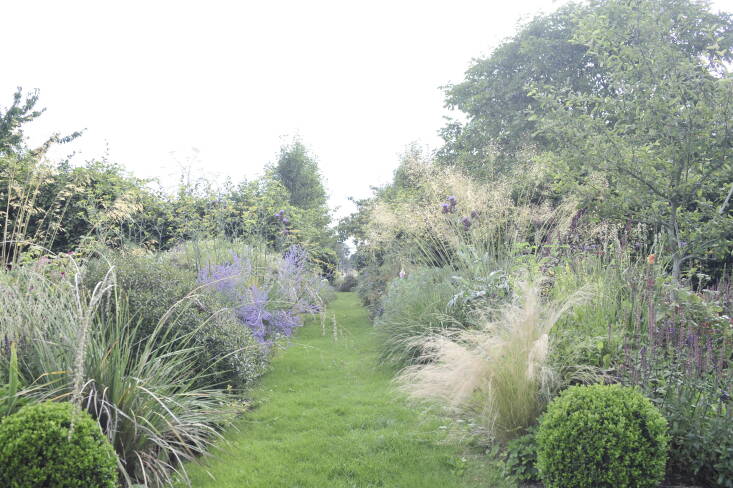
Do you really need lots of hardscaping? One of the more significant costs in creating a garden from scratch comes from the labor and materials required for landscaping and hardscaping. Opt for a grass path and you will save a bundle. Or consider DIY’ing gravel paths and terraces, so that you can save the significant labor costs of professional landscapers. You can reduce these costs further by using free materials; for instance, you can source free wood chips from tree removal companies and use them to lay down a path.
5. Buy bare root plants.
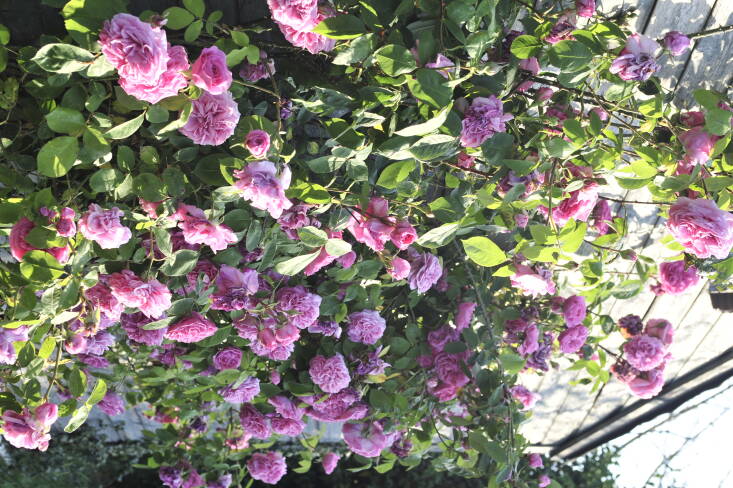
Trees, hedges, and shrubs are the backbone of the garden, providing crucial structure when herbaceous perennials and other plants have died back over winter. They can also be the most expensive plants to buy. One way to trim your costs substantially is to buy them bare root instead of potted. Economical bare root hedging plants can be purchased at various heights and grown into hedges, trees, or topiary and, if you buy at the end of the season, those prices are slashed further. Irises (and some perennials) will also be much cheaper to buy bare root.
6. Reuse, recycle, repurpose.

I scour auctions, flea markets, and eBay for second-hand pots, tools, accessories, and patio furniture rather than buying them new—often for less than a tenth what they would normally cost. Old butler’s sinks, troughs, and containers can all be repurposed into planters too. Deadwood and fallen branches can be used as an edging for beds and borders. At Charlotte Molesworth’s bucolic cottage in Kent, England, almost every item in the garden (and house) has been “scavenged” from waste and repurposed.
7. Embrace shrubs.

If you’re working with a large garden and expansive planting areas, prioritize shrubs. They bring year-round structure, and they will mature into plants that often need very little maintenance.
Find the whole Garden from Scratch series here:
- A Garden from Scratch: How to Start Designing Your Outdoor Space
- A Garden from Scratch: How to Build a Strong Foundation
- A Garden from Scratch: How to Begin the Plant Selection Process
- A Garden from Scratch: How to Choose Plants and Put Them Together
- A Garden From Scratch: How to Plant for Success (A Case Study)

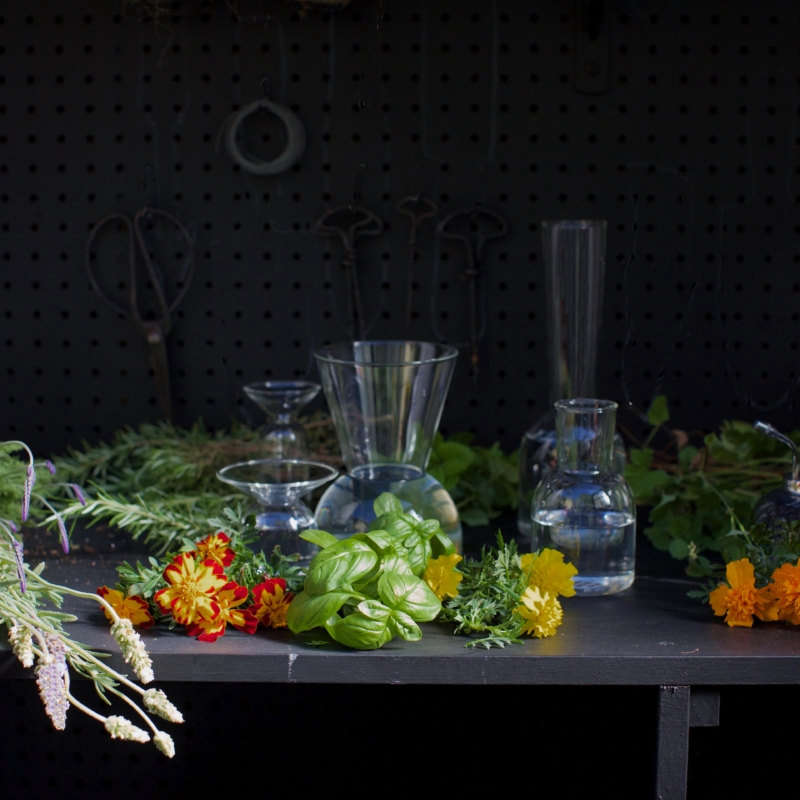





Have a Question or Comment About This Post?
Join the conversation